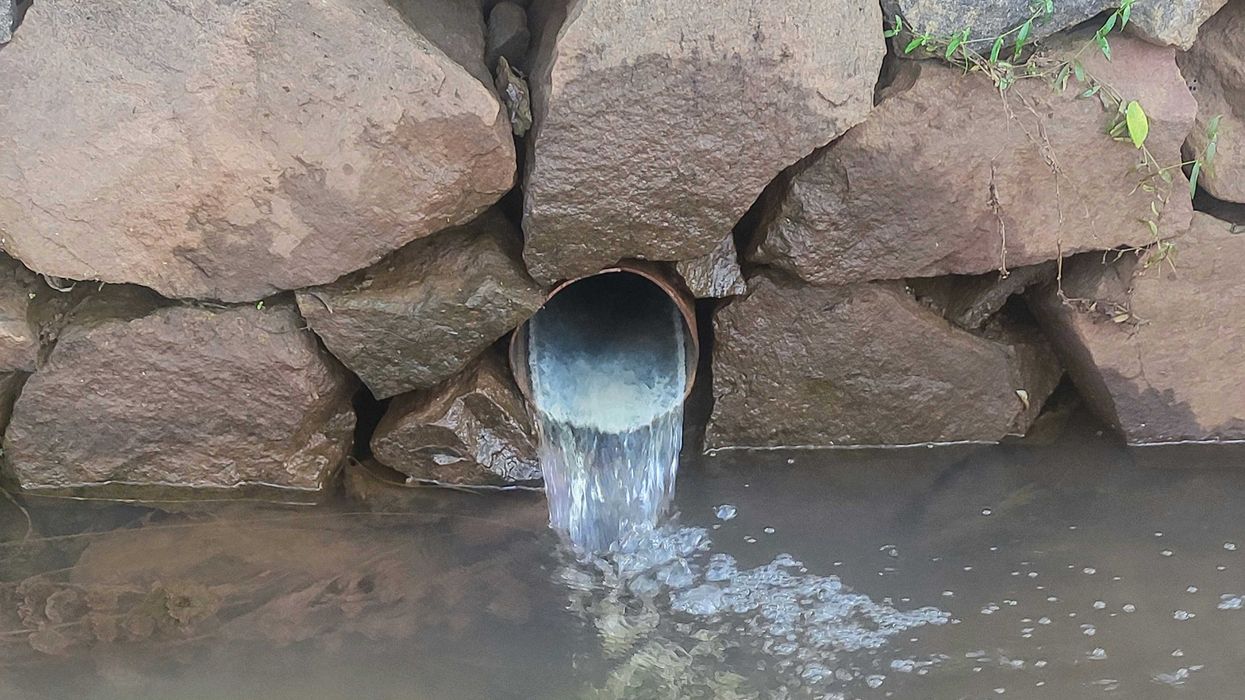Boston and New York City are addressing increasing sewer overflows caused by climate change with contrasting strategies: Boston is separating stormwater from sewage, while New York is investing in green infrastructure.
Angelica Ang reports for Grist.
In short:
- Boston is separating its stormwater and sewage systems to reduce overflow into waterways.
- New York City is implementing green infrastructure like rain gardens and storage tanks to manage stormwater.
- Both cities face high costs and complex logistics in upgrading their aging infrastructure.
Key quote:
“You need the infrastructure to move that 5 inches of water out. And that isn't done by any green infrastructure, that is pipes.”
— John Sullivan, chief engineer, Boston Water and Sewer Commission
Why this matters:
Rising sea levels and intense rainfall due to climate change are overwhelming urban sewer systems, leading to pollution and public health risks. As cities struggle to fund infrastructure improvements, outdated systems pose increasing threats to communities.
Related EHN coverage:














